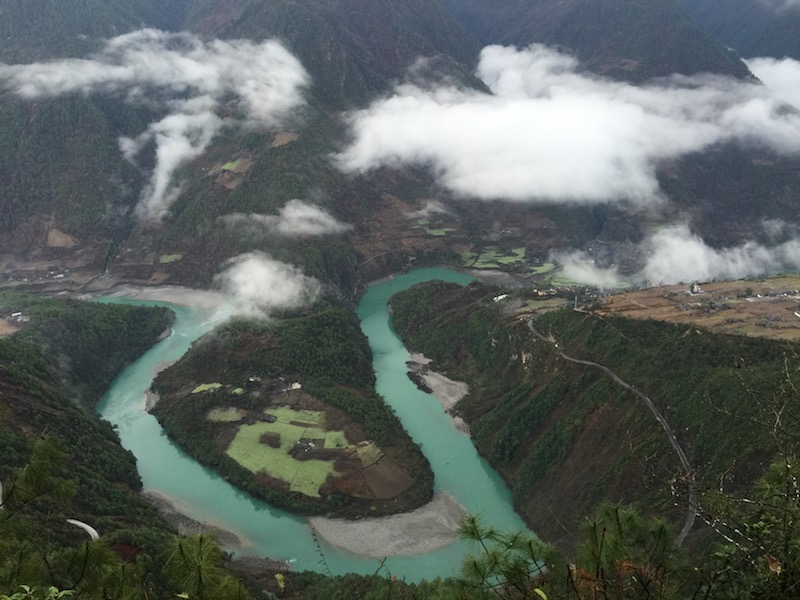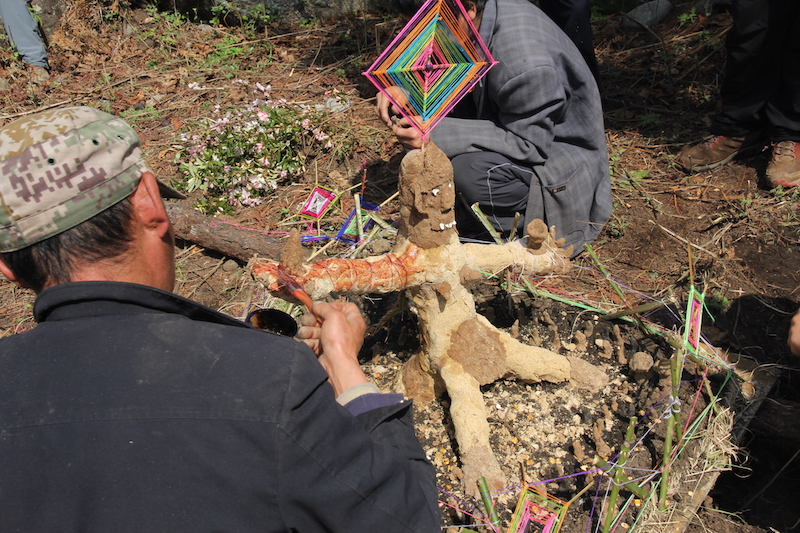The Nu River – which originates on the Tibetan Plateau and flows through China, Myanmar and Thailand – is one of the region’s last free-flowing rivers. It’s home to innumerable ethnic minorities, 25% of the world’s wildlife and vibrant biodiversity. An international movement – led by local communities – has sprung up to keep it wild.
“This river is vital. If we lose the Nu River, China will no longer be able to have a single reference for comparison between what is natural and what isn’t.”
Wang Yongchen, founder of Beijing-based Green Earth Volunteers [Source]

Background
Some 27,000 Chinese rivers are, quite simply, gone.
They’ve vanished due to climate change, the over-extraction of groundwater, rapid urbanization, poor management, water and soil loss, contamination and damming.
That’s part of what makes the Nu River, one of the last free-flowing rivers in the region, so important. Its river basin is one of the largest in Southeast Asia, and it’s an epicenter of biodiversity, containing over 6,000 plant species and supporting over 25% of the world’s (and 50% of China’s) animal species. An estimated ten million people depend on the river for their lives and livelihoods.
Riverine communities have fought for years to protect the river, and the good news is that regional leaders are beginning to realize what an ecological gem they have in the Nu. In 2016, dams proposed for the Nu mainstream were removed from China’s thirteenth 5-Year Plan. The next step? Permanent river protection.
International Rivers has worked with partners in China, Burma and Thailand to investigate the ecological value of the Nu/Salween and monitor dam building plans on the river for many years. International Rivers has coordinated research trips along the Nu River in China to gather more information about its outstanding ecological value and the risks posed by large dams. We salute local communities who are acting as stewards to protect China’s last major free-flowing river.
Threats to the Nu River
More than 100 small hydro dams – defined as 50 MW or less in China – clog the river’s Chinese tributaries, which has a significant impact on its overall health. The dams block migratory fish and disrupt critical breeding habitat, and they trap sediment upstream, which can lead to increased erosion on the mainstream of the river.
While the Yunnan provincial government suspended planned dams in 2016, the river remains without permanent protection from destructive development. This puts the Salween/Thanlwin in Thailand and Myanmar at further risk.
What’s At Stake
Ten million people depend on the Nu/Salween for their livelihoods: Fisheries are a major source of dietary protein, and the river’s nutrient-rich waters sustain indigenous vegetation and the livelihoods that depend on them.
Nu River communities are deeply tied to their river; it plays a large role in spiritual and cultural traditions. The river’s health is essential to sustaining the cultures of these indigenous communities.
The Nu River is China’s last major free-flowing river, and it’s a global biodiversity hotspot. Permanently protecting the river would solidify China’s commitment to building an ecological civilization.
Quick Facts
- The Nu is the western-most river in the “Three Parallel Rivers” UNESCO World Heritage Site, and the last major free-flowing river in China.
- In China, the Salween is known as the “Angry River,” a name given by the local Lisu people. Along with the Lancang and Jinsha rivers, it is home to 7,000 plant species and 80 species of rare or endangered animals.
- Ten million people depend on the Nu/Salween for their livelihoods, spirituality and cultural identities. Fisheries are a major source of dietary protein, and the river’s nutrient-rich waters sustain vegetable gardens, farmlands and vibrant biodiversity.
Related Resources
- REPORT | The Nu River: A Habitat In Danger
- REPORT | Overlooked Plant Biodiversity in Low-Altitude Areas of the Nu River Valley
- PUBLICATION | Approval Process for Large Hydropower Projects & Analysis of Their Stakeholders: A Case Study of the Nu River
- NEWS | Joy as China shelves plans to dam ‘angry river’ (The Guardian)


